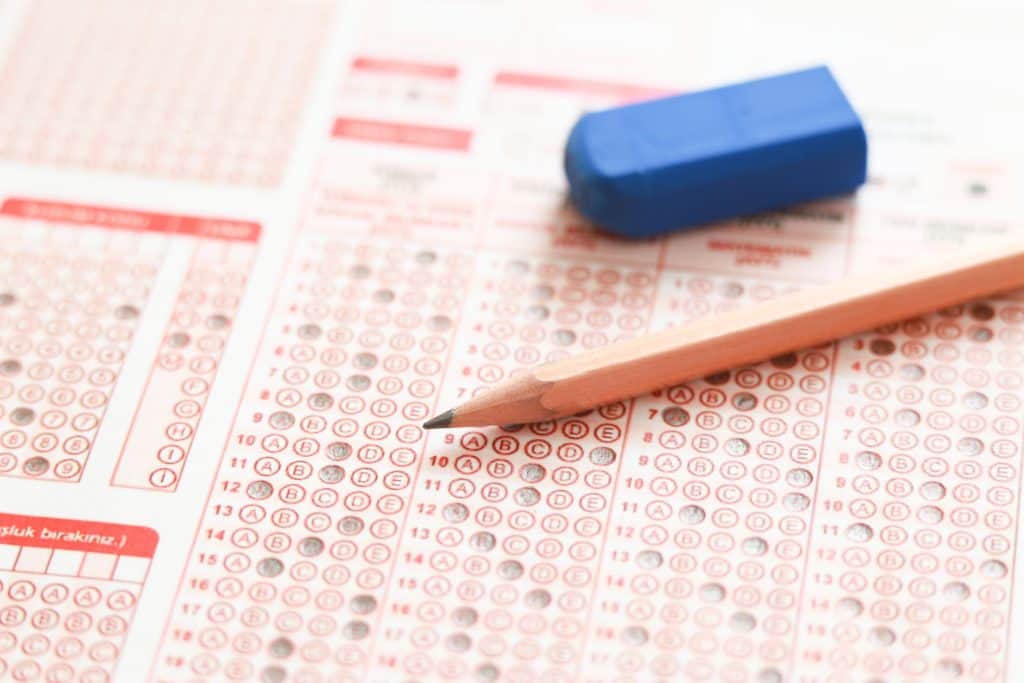
Unleash Your Child’s Academic Potential with Personalized Tutoring
Unlock your child’s academic potential with personalized tutoring at The Resource Room in Holly Springs, NC. Our experienced educators provide tailored, one-on-one learning experiences to help students overcome academic challenges and achieve their full potential.




